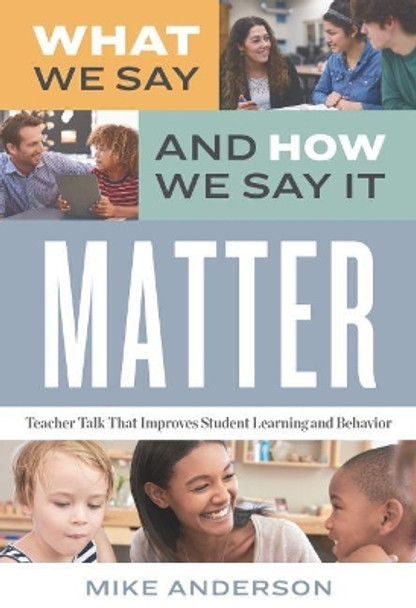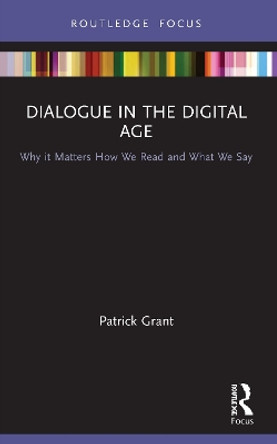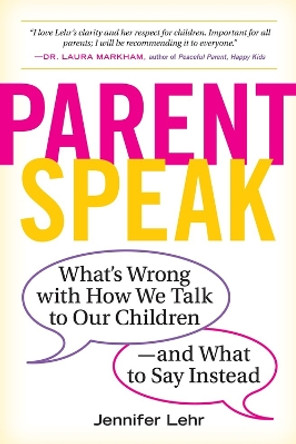Description
- We want students to take responsibility for their learning, yet we use language that implies teacher ownership.
- We want to build positive relationships with students, yet we use sarcasm when we get frustrated.
- We want students to think learning is fun, yet we sometimes make comments that suggest the opposite.
- We want students to exhibit good behavior because it's the right thing to do, yet we rely on threats and bribes, which implies students don't naturally want to be good.
What teachers say to students-when they praise or discipline, give directions or ask questions, and introduce concepts or share stories-affects student learning and behavior. A slight change in intonation can also dramatically change how language feels for students. In What We Say and How We Say It Matter, Mike Anderson digs into the nuances of language in the classroom. This book's many examples will help teachers examine their language habits and intentionally improve their classroom practice so their language matches and supports their goals.
Book Information
ISBN 9781416627043
Author Mike Anderson
Format Paperback
Page Count 168
Imprint Association for Supervision & Curriculum Development
Publisher Association for Supervision & Curriculum Development







